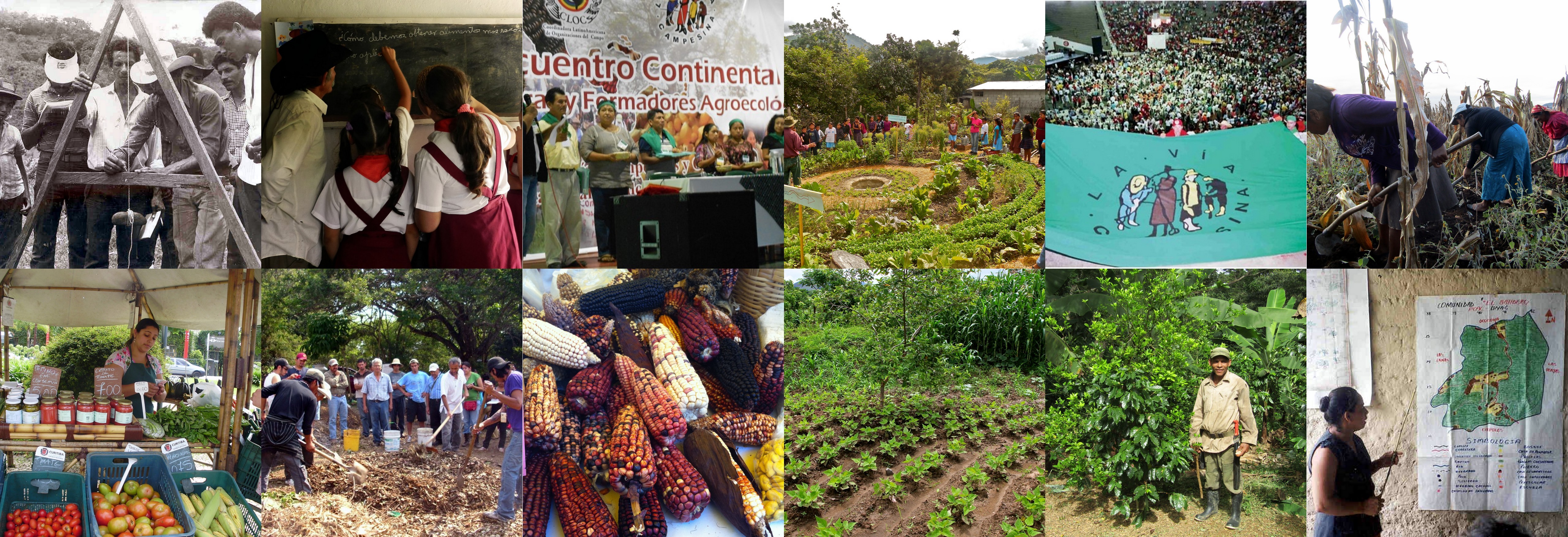En las últimas décadas la protección de cultivos se ha dado desde el enfoque reactivo mediante estrategias curativas, sin embargo, se ha impactado en la biodiversidad , la salud (ambiental y de las personas) y la rentabilidad. Ante dicha situación, es apremiante un cambio de paradigma para revertir y detener la crisis de la biodiversidad.
En en el marco del Día Internacional del No Uso de Plaguicidas sale un número especial sobre la necesidad de un paradigma preventivo en el manejo de plagas en Frontiers in Sustainable Food Systems; en este número se recopila el estado del arte de la investigación (convencional dirigida por científicos, dirigida por agricultores y participativa) sobre el tema mencionado.
En el siguiente enlace podrás encontrar doce artículos que constituyen el número especial:
1. Tropical Occurrence and Agricultural Importance of Beauveria bassiana and Metarhizium anisopliae
Amy V. McGuire and Tobin D. Northfield
2. Effects of Field and Landscape Scale Habitat on Insect and Bird Damage to Sunflowers
Sara M. Kross , Breanna L. Martinico , Ryan P. Bourbour , Jason M. Townsend, Chris McColl and T. Rodd Kelsey
3. Cascading Effects of Birds and Bats in a Shaded Coffee Agroforestry System
Lauren Schmitt , Russell Greenberg, Guillermo Ibarra-Núñez , Peter Bichier , Caleb E. Gordon and Ivette Perfecto
4. Farmer Mental Models of Biological Pest Control: Associations With Adoption of Conservation Practices in Blueberry and Cherry Orchards
Chris J. Bardenhagen , Philip H. Howard and Steven A. Gray
5. Mestizo Farmers’ Knowledge of Entomofauna Is Reflected in Their Management Practices: A Case Study in the Andean-Amazon Foothills of Peru
Lucila Marcela Beltrán-Tolosa , Gisella S. Cruz-Garcia, Reynaldo Solis and Marcela Quintero
6. Temporal Resource (Dis)continuity for Conservation Biological Control: From Field to Landscape Scales
Benjamin Iuliano and Claudio Gratton
7. Social Context Influence on Urban Gardener Perceptions of Pests and Management Practices
Heidi Liere , Monika Egerer , Carly Sanchez , Peter Bichier and Stacy M. Philpott
8. Delivering on the Promise of Biological Control in Asia’s Food Systems: A Humboldtian Perspective
Kris AG Wyckhuys , Mauricio González-Chang , Evie Adriani, Annabelle Albaytar , Alice Albertini , Gonzalo Ávila , Marie Joy Beltran , Ariel Boreros , Muhammad Zainal Fanani, Duc Tung Nguyễn , Giang Nguyễn, Ihsan Nurkomar and Sundar Tiwari
9. The Promise of a Multi-Disciplinary, Mixed-Methods Approach to Inform Insect Pest Management: Evidence From Wyoming Alfalfa
Randa Jabbour and Shiri Noy
10. Predators and Parasitoids-in-First: From Inundative Releases to Preventative Biological Control in Greenhouse Crops
Juliette Pijnakker , Dominiek Vangansbeke, Marcus Duarte, Rob Moerkens and Felix L. Wäckers
11. Beyond the Headlines: The Influence of Insurance Pest Management on an Unseen, Silent Entomological Majority
Christian H. Krupke and John F. Tooker
12. Terrestrial Slugs in Neotropical Agroecosystems
Mariangie Ramos , Suzete Rodrigues Gomes , Yashira Gutierrez, Olgaly Ramos-Rodriguez and Mariella Carmadelli Uzeda
13. Intercropping With Peppermint Increases Ground Dwelling Insect and Pollinator Abundance and Decreases Drosophila suzukii in Fruit Chelsea Megan Gowton , César Cabra-Arias and Juli Carrillo



